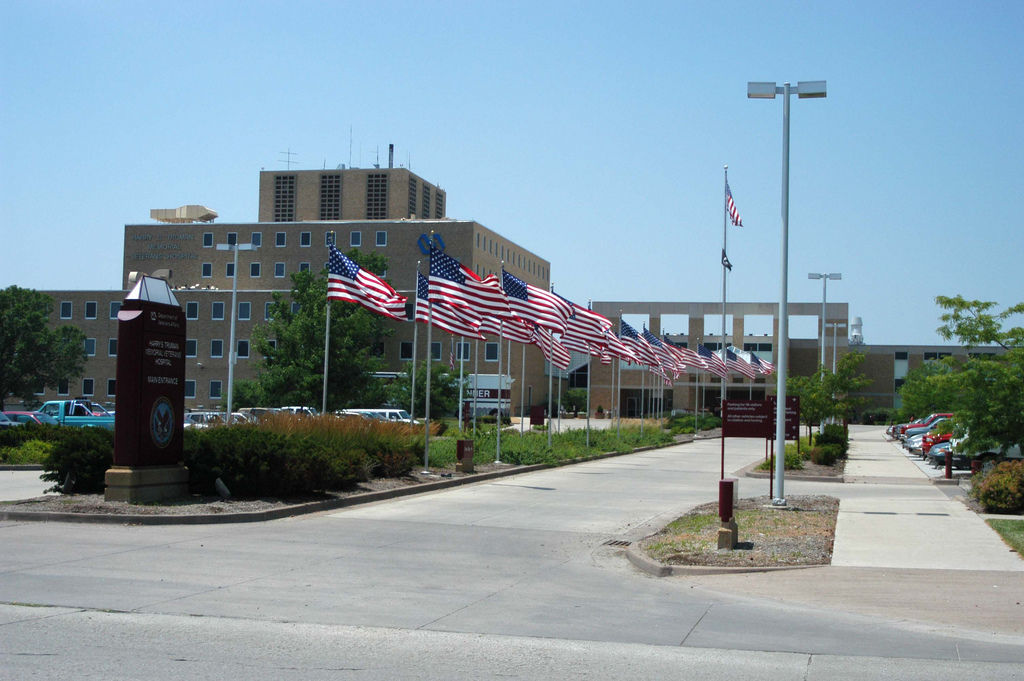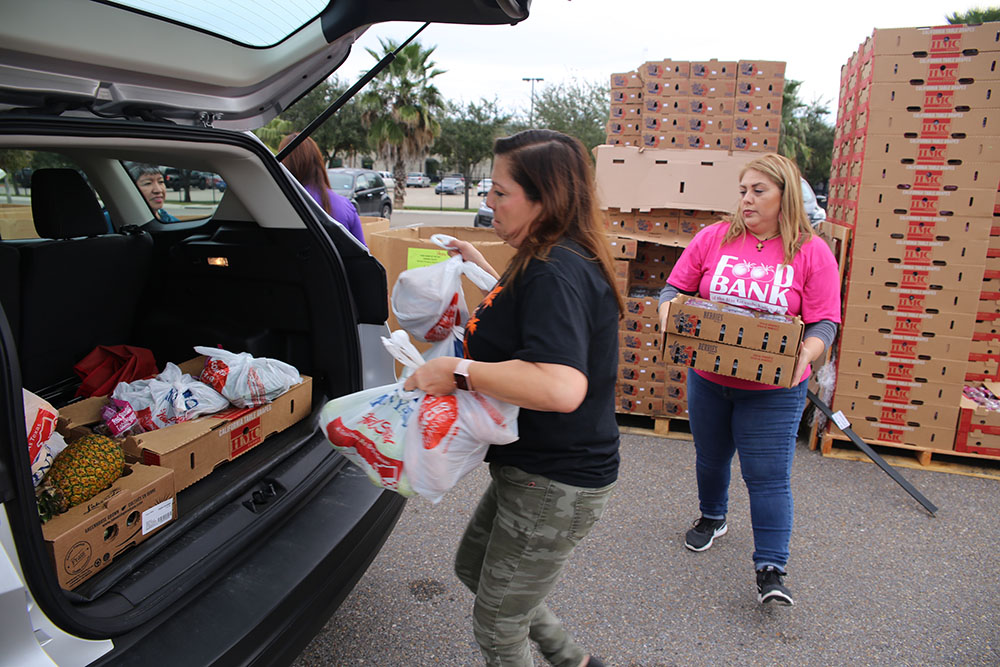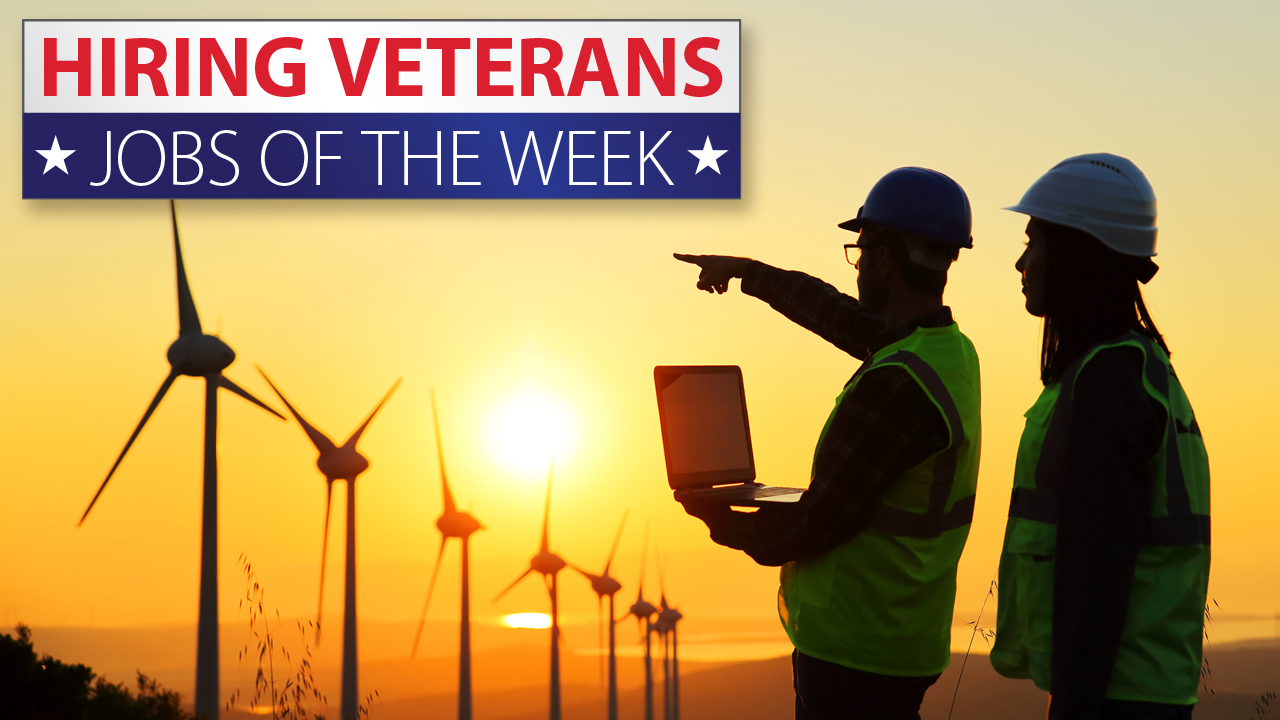“The most complex human organization ever devised” is what management guru Peter Drucker called hospitals. Hospitals are the hub of America’s medical industry, serving not only as the place where patients receive advanced and complex care, but also where we train future medical professionals, conduct clinical research to further transform medicine and engage in mass innovation.
Which is why, as medicine continues to advance, we must understand and take modernization more seriously than an upgrade. I see modernization as a continual cycle between infrastructure, equipment and services – and the people who perform the work on a daily basis. But whereas upgrades bring us to the standard that already exists, modernization transforms how we use those upgrades, enabling us to perform higher than previously established levels. In fact, a key element of VA Modernization is going above and beyond in pioneering efforts, continuously innovating to bring Veterans the best cutting-edge care and services available.
At the Harry S. Truman Memorial Veterans’ Hospital in Columbia, Missouri, we are embracing each of these facets of VA modernization.
Infrastructure
Truman VA recently opened a new intensive care unit, a greatly needed upgrade. The new ICU added 12,842 square feet and increased the number of ICU beds. ICU rooms will now have private patient bathrooms, doors that can be closed for quiet and privacy, and more space to accommodate Veterans’ family members. But how is this modernization, versus just being an upgrade? It’s the subtle things. Every patient room has a patient lift system that can access the main room and the bathroom. This protects staff, ensuring their ability to safely handle both patients and themselves, and it improves patient care and safety –thus, increasing both staff and patient satisfaction. It also reduces workers’ compensation claims, employee injuries and stress, and it enables nurses to perform their job with the best tools possible. Considering that one piece of VA modernization is making it easier for employees to deliver high-quality services, these changes play right into VA’s current big-picture efforts.
The new ICU at Truman VA also has a central nurse station that provides line of site for each patient room. Again, this is the community standard, but the modernization is reflected in just a subtle change in elevation, enabling nurses to see just a little bit better into patient rooms. Now, work performed at the nurse station receives less interruption. Allowing nurses to complete work efficiently and effectively is job enriching and fulfilling.
Other modernized infrastructure examples include the planned use of natural light in every room, tele-ICU real-time oversight, encouraged collaboration modeling and reconfiguration of ICU location. Each of these changes helps VA staff members feel more engaged in their workplace and satisfied with the work and care they deliver.
Equipment
Another principle of VA modernization is becoming built to compete, giving leaders the tools and resources to come first in the marketplace. This includes cutting-edge equipment – not simply upgraded equipment. In order to recruit the best talent, ensure staff members are working at the top of their professions and give patients that “wow” factor, it is all about having modern equipment.
In FY17, Truman VA invested heavily in equipment modernization. One great example is that we replaced all the inpatient beds at once. The bed replacement was the upgrade, but the modernization of beds produced the “bang for the buck.” The new beds provide multiple ways to interface with new and existing technology, creating one sustainable way to care for patients. This improved how we align care around Veterans. With the bed being a focal point of any inpatient stay and where patients spend the majority of their time, it was ripe for modernization. The beds purchased now serve as the springboard for additional functions that bring care and access to caregivers closer to the patient. They will seamlessly integrate with new televisions and the nurse call and wireless phone systems, modernizing clinical communication and coordination, call response, emergency response, and ancillary and support systems. This uniform and consistent system of beds reduces errors and injuries, enhancing safety for both patients and employees. Staff members only need to be trained on one type of bed system, and no matter where they are assigned in the facility, they are equipped and trained to work, manage and utilize beds in a standard way. Whether patients flow through our hospital for complex or basic levels of care, staff members are always familiar with how beds operate and the available functions, increasing both the satisfaction of employees and that of patients.
Services
Modernized infrastructure and equipment will go a long way, but if you don’t show modernization in the actual services provided, you will eventually become obsolete.
Truman VA is the first VA medical center to implement immediate sequential cataract surgery, reducing wait times and increasing patient satisfaction, right on par with VA’s initiative to improve timeliness and access to care.
This level of care and innovative delivery of it is well above the community standard. Since adopting bilateral cataract surgery as the new standard, the Truman VA had 41 Veterans choose to have both their cataracts removed on the same day, and none have had related complications; this allowed for 123 extra clinic appointment slots. When VA providers perform at a higher level and are safer and more efficient – and when our patients are more satisfied and recover faster – that is not an upgrade; it’s modernization. It creates more access and will eventually drive our next modernization subtleties in our infrastructure and equipment.
Modernization is a cycle where one element builds off the other, and when it repeats naturally, we know we are modernizing instead of just upgrading. Modernization also has cascading effect throughout the entire hospital; it’s more than just infrastructure improvement – it’s how we think about and enable people to perform without barriers.
The Truman VA is focusing its resources – another important VA initiative – to drive toward a culture where modernization is not something of the future, but is something ingrained within each member of the team. This mindset/culture is what we need from all VA employees at every level to successfully operate the most complex human organization ever devised.
About the author: David Isaacks is a Marine Corps Veteran and the medical center director at the Harry S. Truman Memorial Veterans’ Hospital, Columbia, Missouri.
Topics in this story
More Stories
The $100,000 Community Catalyst Challenge identifies trailblazing organizations and revolutionize how we engage with Veterans and their families.
The Social Security Administration is hoping to make applying for Supplemental Security Income (SSI) a whole lot easier, announcing it will start offering online, streamlined applications for some applicants.
This post contains jobs for the week of Dec. 16, 2024. Each week, we post relevant and timely listings as we receive them, and for the locations listed.






